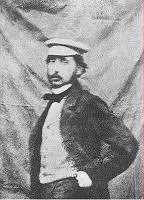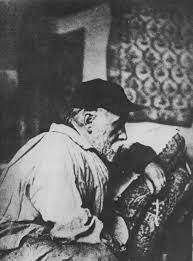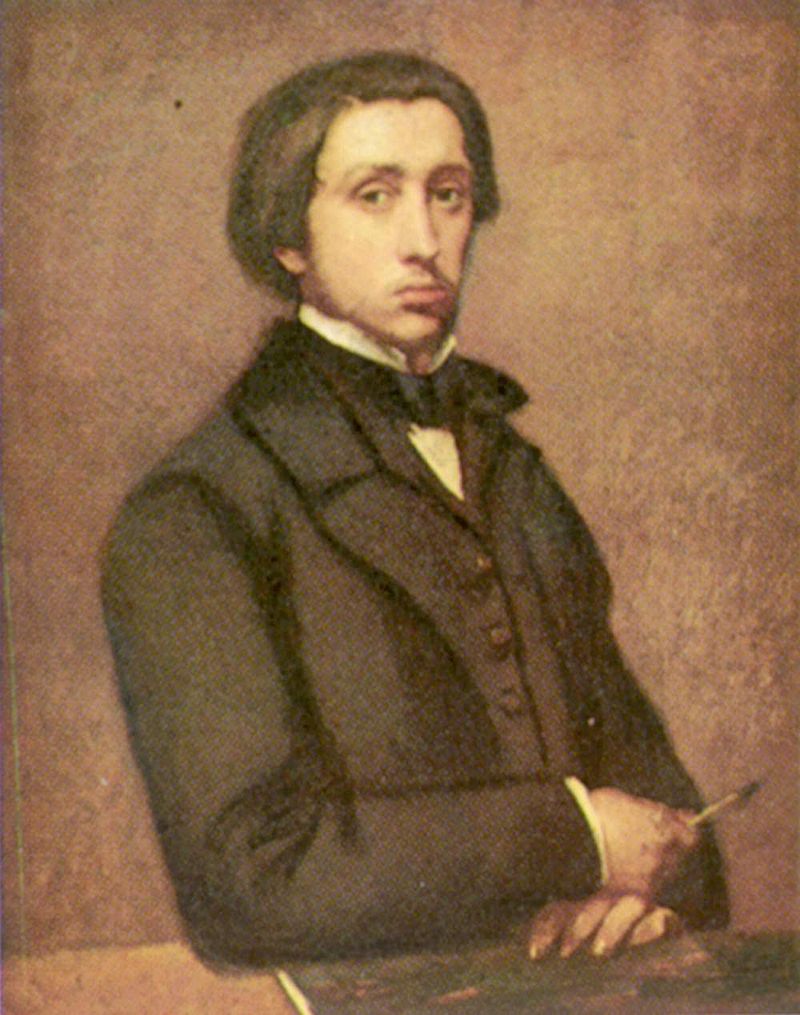
1834 - 1917
Edgar Degas

description
A French painter, an outstanding draftsman and sculptor, one of the original and most prominent representatives of Impressionism, although the artist rejected this term.
The artist began to pay more attention to the genre of sculpture after his vision had deteriorated by the beginning of the 1970s. The theme of these creations repeated his favorite themes of the paintings – women at their toilet, ballet dancers, horses and jockeys on them. Degas created these works for himself, replacing etudes with modeling, so he completed only a few sculptures, and exhibited only one – “The Fourteen-Year-Old Dancer”, which was criticized by experts.
Wax figures (about 70) found by his heirs in the master’s workshop were fragile, and it was decided to immortalize them in bronze, with which Degas never worked. The first cast samples appeared in 1921, and the originals were considered lost for a long time. However, the foundry master managed not to damage the fragile wax, and in 1954 they were found in the cellars of the foundry.
All the originals put up for auction by the artist’s heirs were acquired by American collector Paul Mellon. He presented several works to the Louvre, and the largest collection, 52 statuettes, is in the Washington National Gallery.
According to the agreement with the foundry, each of the wax sculptures was reproduced approximately 20-25 times – out of almost 1,500 copies, many are exhibited in major museums around the world. For example, in Copenhagen’s Glyptotek, there is a complete set of them, although the debate about whether copies can be signed with the name of the master is still ongoing.
Key ideas:
– Although Degas enriched the palette with bright and clear colours, like other Impressionists, he was indifferent to the landscape as the primary genre of this movement. For the master, the human figure was more important. Degas sculptures are characterized by a unique drama of images, often born from the bold and unexpected movement of the line, from an unusual composition.
– The artist studied the mechanics of the movement of people and animals, using the snapshots. Ballet and horse racing, those areas where everything is subject to movement, became the topic for his small sculptural works. Degas began to sculpt small wax images by the end of the 1860s because his vision started rapidly impairing. All sculptures by Degas suggested the possibility of a circular inspection.
– Having a sharp natural observation, the master sought to capture the nuances of the movement process, to find and capture the moment. A virtuoso drawing – the cornerstone method of Degas, formed the basis of wax sculptures. In them, he achieved amazing naturalism, accuracy, but did not work out the details.
– Degas’s attempt to use factual materials instead of imitating them became a unique phenomenon in the history of sculpture art. He “wore” real clothes on wax sculptures, fitted natural hair on their heads, fixing them with a satin ribbon. Such an innovation was disapproved by critics, and Degas no longer exhibited his sculptures after the first attempt.
1834
1853
1856
1861
1870
1874
1877
1881
1883
1886
1892
1917
The birth of the artist
Attended the School of Fine Arts

He went several times to Italy

Met Edouard Manet

He fought as a volunteer on the Franco-Prussian front

Became a member of the Anonymous Society of Artists

He exhibited 27 of his works in the group exhibition of the Impressionists

“Little Fourteen-Year-Old Dancer”

Marchand Durand-Ruel organized an exhibition of the artist in London

Twenty-three works by Degas were presented at an exhibition in New York

His solo exhibition

The death of the artist

Edgar Degas
On Artist
flow
Post-impressionism
Neo-impressionism
Impressionism
friends
Eduard Manet
Auguste Renoir
Gustave Caillebotte
artists
Louis Lamotte
Honore Daumier
Nikola Poussin
Jean Auguste Dominic Ingres
By Artist
flow
Fauvism
friends
Mary Cassatt
artists
Berthe Morisot
Suzanne Valadon
Odilon Redon
Paul Serusier
Maurice Denis
Pierre Bonnard
Mikhail Vrubel
Nicholas Roerich
Pablo Picasso
James Abbot McNeill Whistler
Aaron Schickler
